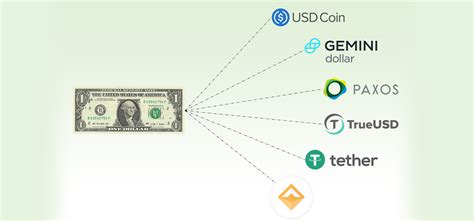CRYPTOCURRENCY
Fiat vs. Stablecoins: Understanding the Differences
Fiat vs. Stablecoins: Understanding the Differences
The world of cryptocurrency has been dominated by two main types of digital currencies: fiat and stablecoins. While both offer potential for high returns, they differ significantly in their underlying principles, risks, and use cases.
What is Fiat?
Fiat currency, also known as paper money or physical currency, is issued and regulated by governments. It is the standard unit of exchange used globally and is backed by a nation’s central bank. Fiat currencies are subject to monetary policy decisions by governments and can be exchanged for other fiat currencies at a fixed rate.
What is Stablecoin?
A stablecoin, on the other hand, is a type of digital currency that is pegged to a traditional currency or commodity, such as the US dollar (USD). Stablecoins aim to maintain stability in value by using an underlying asset, like gold or fiat currency, as collateral. This means that when you buy a stablecoin, you’re essentially buying a small portion of that asset.
Key differences:
- Backing: Fiat currencies are backed by governments, while stablecoins have no inherent backing and rely on the value of their underlying asset.
- Supply: Fiat currency is issued in unlimited quantities, while stablecoins have limited supply and are often created to meet demand for new coins or to incentivize adoption.
- Regulatory environment: Fiat currencies are regulated by central banks and government agencies, while stablecoins operate within the regulatory framework of their underlying asset’s issuing authority.
- Risk: Fiat currencies carry inherent risks associated with inflation, currency fluctuations, and financial crises. Stablecoins, on the other hand, are designed to mitigate these risks by using a collateralized asset.
Why use Fiat?
Fiat currencies have been around for centuries and offer several advantages:
- Wide acceptance: Fiat currencies are widely accepted as a form of payment across borders.
- Central banking regulation: Fiat currencies are subject to strict monetary policy rules, which helps maintain economic stability.
- Investment potential: Fiat currencies can be held as investments, providing a relatively stable store of value.
Why use Stablecoins?

Stablecoins have gained popularity in recent years due to their unique characteristics:
- Low volatility: Stablecoins tend to have lower price fluctuations compared to traditional fiat currencies.
- Increased adoption: Stablecoins are being used by more institutions, such as banks and exchanges, which can increase demand and adoption.
- Hedging opportunities: Stablecoins offer a way to hedge against currency risk or inflation.
Risks associated with Fiat vs. Stablecoins
While both fiat and stablecoins have their benefits, they also come with risks:
- Market volatility: Both types of currencies are subject to market fluctuations, which can lead to price swings.
- Regulatory uncertainty: The regulatory environment for fiat and stablecoins is still evolving and can change rapidly.
- Liquidity risk: Stablecoins may experience liquidity issues if demand dries up or if there’s a sudden increase in supply.
Conclusion
Fiat currencies and stablecoins offer distinct advantages and disadvantages, making them suitable for different use cases:
- Fiat currencies are ideal for long-term investments and institutional applications where stability and regulatory certainty are crucial.
- Stablecoins are better suited for everyday trading and speculation due to their low volatility and increasing adoption.
Ultimately, a balanced approach that combines the benefits of both fiat and stablecoins can provide investors with a more diversified portfolio and increased opportunities for growth.
Recommendations
1.
